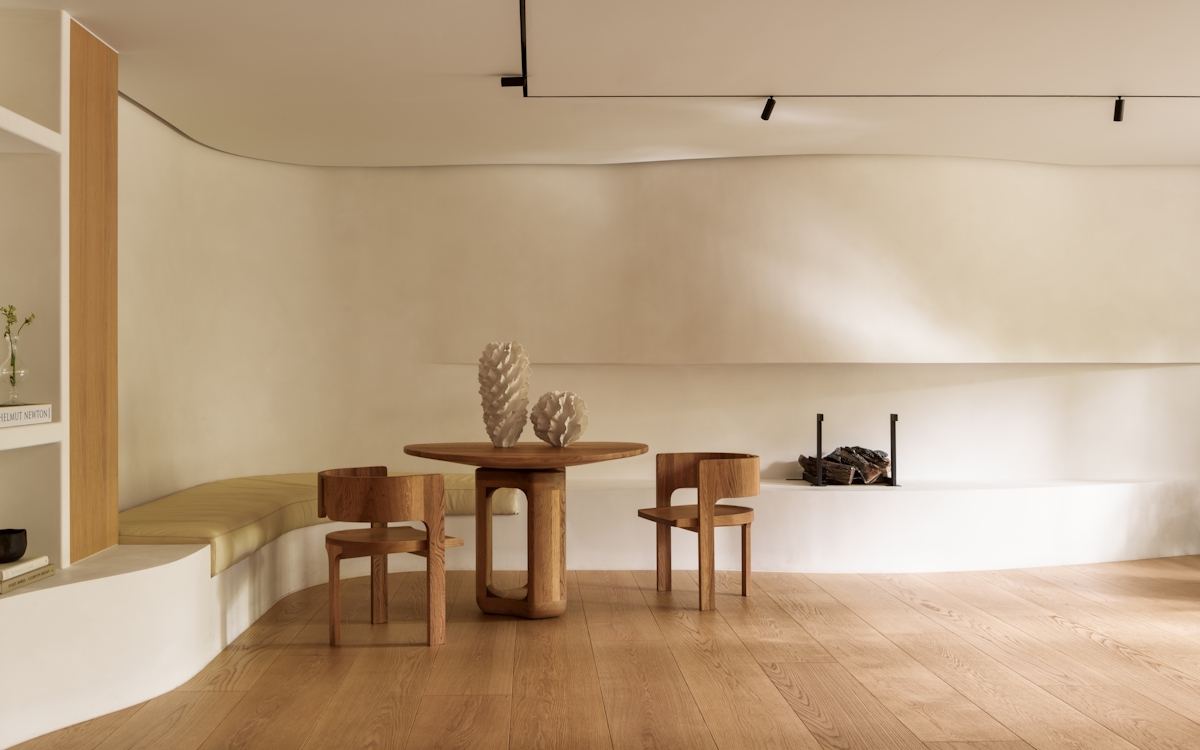Winston Churchill once claimed, “a gentleman only buys his cheese at Paxton & Whitfield”. The Royal Warrant holder (in 1850 it became the appointed cheesemonger to Queen Victoria) has been a Jermyn Street fixture for over 181 years, with its cart-stall-history extending even further to 1742.
Hero Hirsch, the manager of the institution’s Jermyn Street location, is a fan of the ubiquitous festive smorgasbord. “Creating a luxury Christmas cheeseboard for guests to enjoy is a really fun exercise. There are six rules that you need to think about to create a great selection,” the fromager says.




